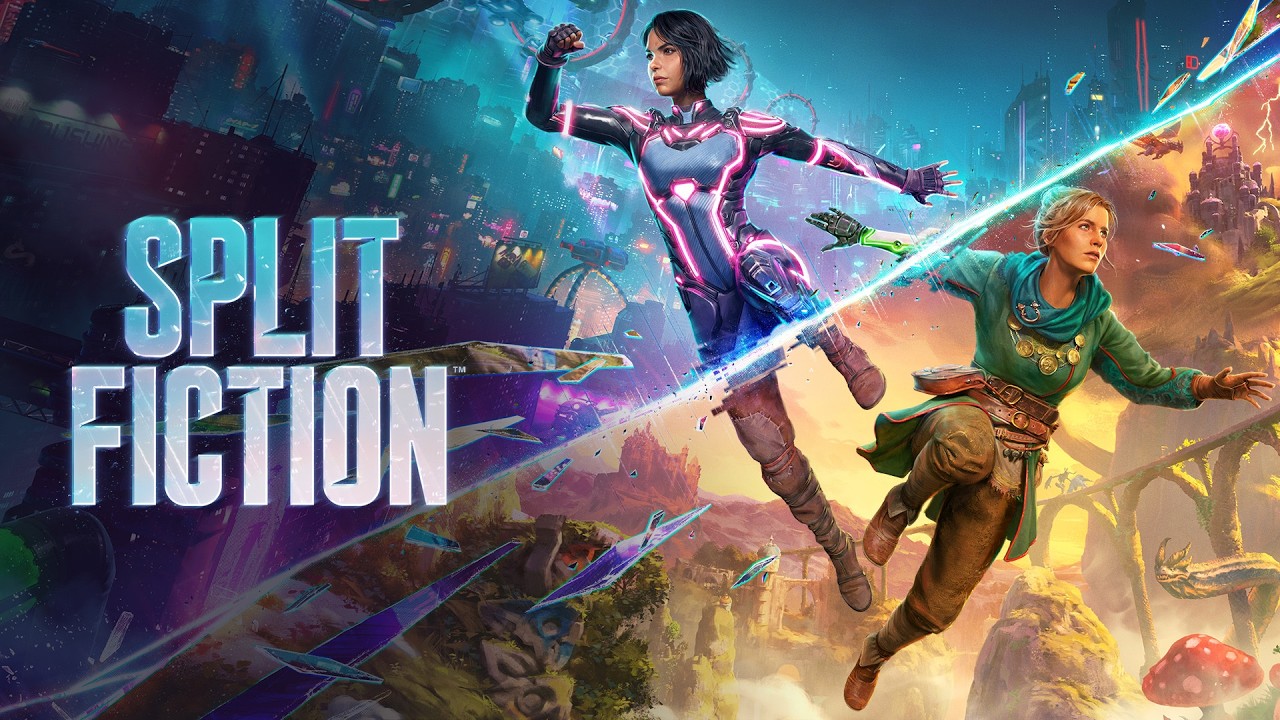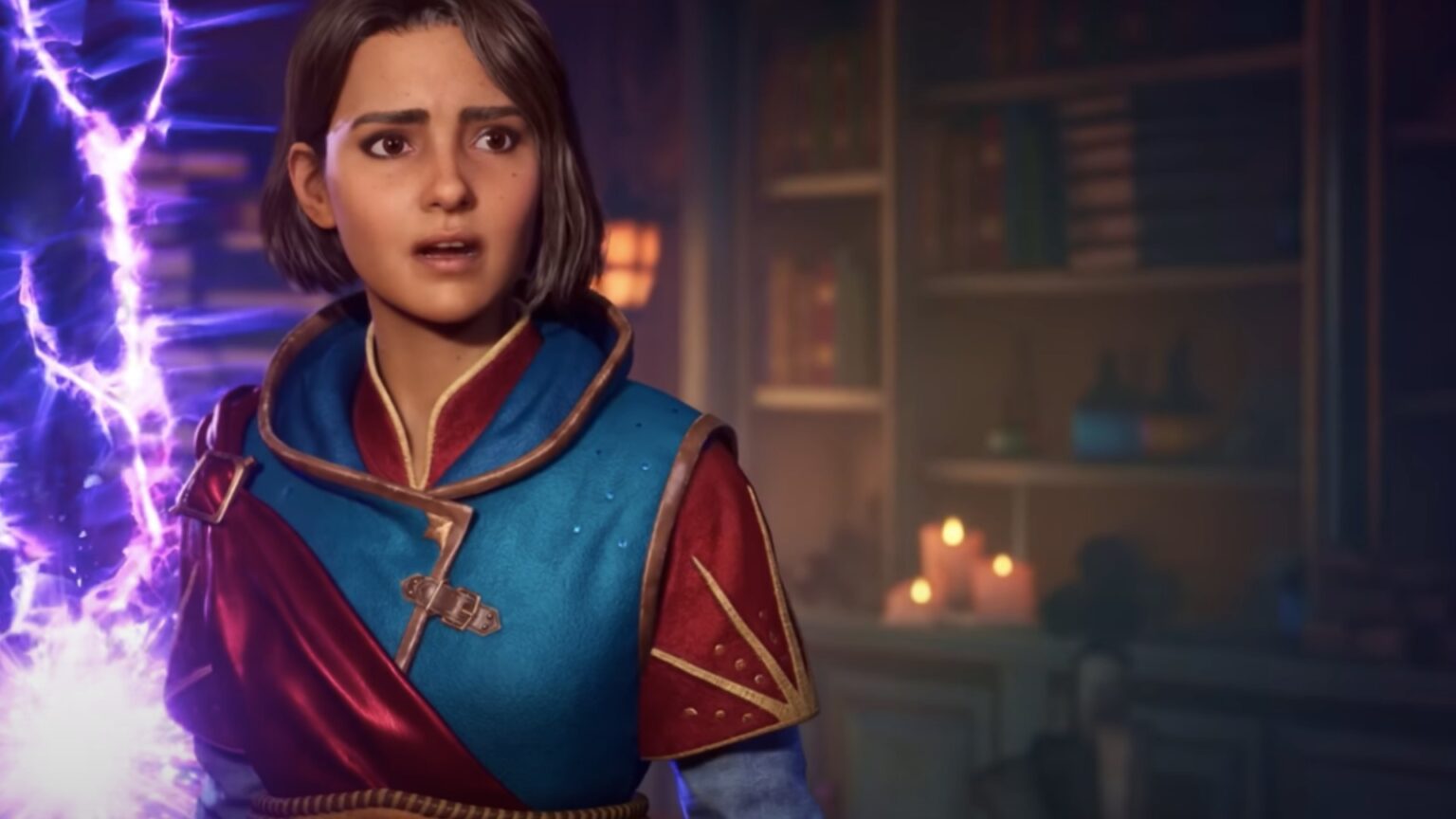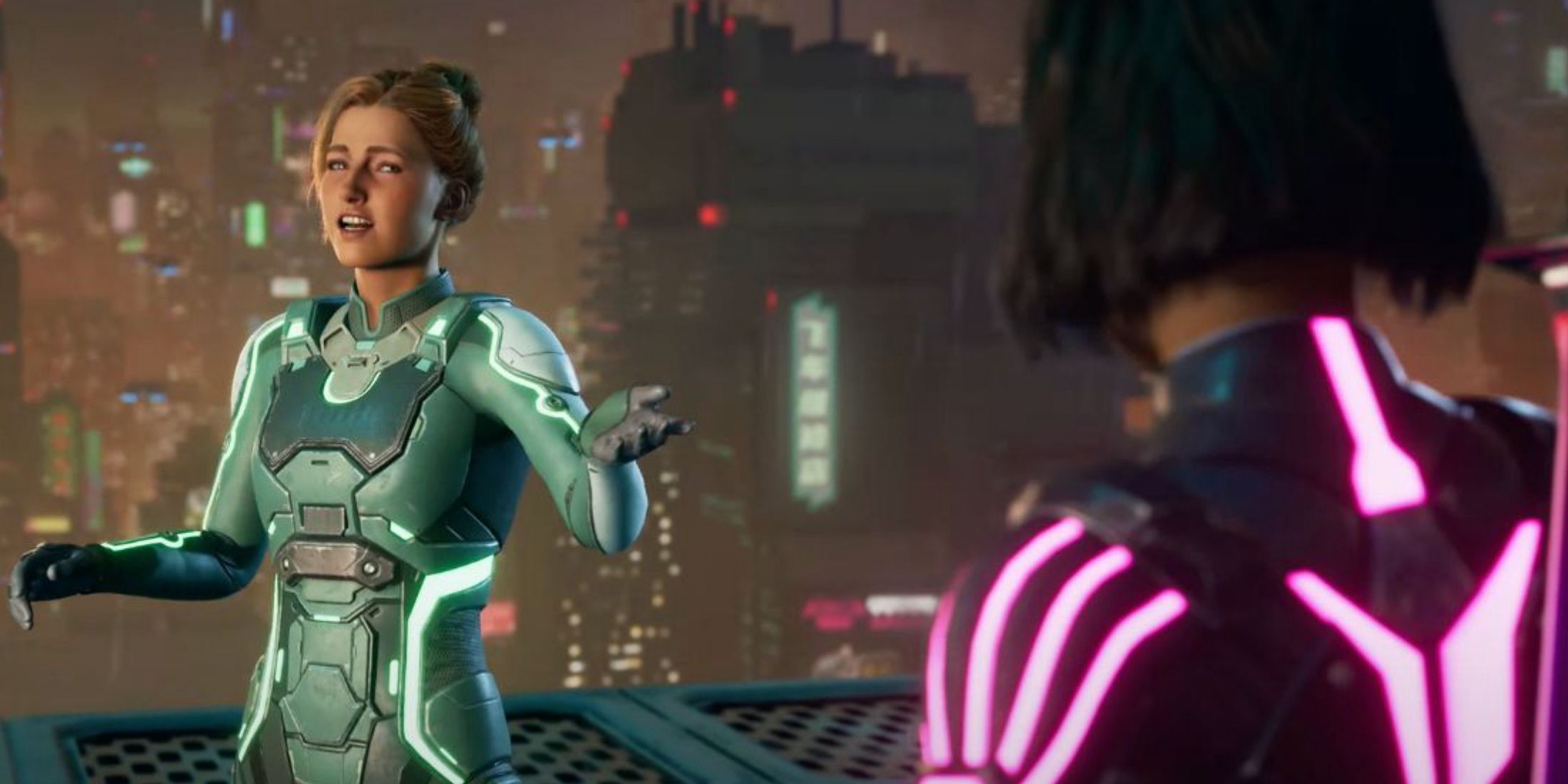The Split Fiction Test is the latest game from Hazelight Studios in Sweden, a studio known for its flamboyant founder, Josef Farah, who often draws attention at elaborate events and promotes a philosophy that resonates with many players. The game features no DLCs, microtransactions, or stock market pressures; instead, Josef Farah focuses on creating games solely for the enjoyment of players. This straightforward approach, reminiscent of classic video game strategies, has proven highly successful. In just 11 years and through four games, Hazelight Studios and its founder have become synonymous with couch gaming—playing video games together on the same couch. Titles such as Brothers: A Tale of Two Sons, A Way Out, It Takes Two, and now Split Fiction have cemented Josef Farah’s reputation in this niche market, with each new release eagerly anticipated. Since the release of It Takes Two, which won the 2021 Game of the Year award and sold over 23 million copies (approximately 12 million in China alone), Josef Farah has captured a broader audience. With Split Fiction, he further develops his mandatory co-op gameplay formula, offering even more variety and action.
COME TOGETHER
This is exactly what Mio and Zoe experience, the two protagonists of the game, whose names were taken from Josef Farès’s own daughters, reflecting a significant personal investment by Farès into this project. It Takes Two aimed to reconnect a husband and wife, while Split Fiction focuses on cooperation and mutual aid between two strangers. What could be better than implementing cross-play, allowing player communities from different consoles and preferences to mix during a 15-20 hour adventure, or even longer if players wish to unlock all side missions, depending on who accompanies them.
The narrative of Split Fiction revolves around two female characters who appear to be opposites in every aspect. One is Mio, a brunette with a square haircut, characterized by her serious demeanor and love for science fiction; the other is Zoe, a blonde with long hair, known for her constant smile and occasional naivety, expressing herself through fantasy stories. Despite their differences, both share a common passion: writing and the desire to craft compelling narratives. This shared enthusiasm leads them to Rader Publishing, an interested publisher eager to publish their works. However, upon arriving at Rader Publishing’s offices, they discover a machine that simulates their imagination, allowing them to live out their stories. The conflict arises when Mio changes her mind at the last minute and, in a misguided decision, ends up in the same simulation as Zoe. This merging of their worlds enables Josef Fares to seamlessly transition from fantasy to science fiction by altering specific elements within the simulation.
It has often been noted that It Takes Two had a somewhat reserved narrative despite its intriguing theme of divorce and reconciliation, which brought a fresh perspective to video games. It appears that Josef Fares considered player feedback for Split Fiction, which develops its universe around its story. While the writing may not be particularly innovative, the game maintains a steady pace throughout its 15-20 hour duration. One aspect that stands out in Split Fiction is its tempo and rhythm; it continuously engages players without causing boredom. Josef Fares ensures there are no breaks between missions, moving seamlessly from one to another. For instance, gameplay can start with platforming, shift to jet-skiing or futuristic motorcycle racing, involve embodying flatulent pigs, transition into a horizontal scrolling shooter, and conclude in a pinball machine setting—all without any dull moments. This variety is a strength of Split Fiction; it mixes situations and blends universes seamlessly, ensuring the game remains engaging at all times. Gameplay remains central to this adventure, as Josef Fares frequently emphasizes, highlighting Hazelight’s commitment to offering players diverse experiences without confining them to repetitive gameplay loops.
CLOSE YOUR LOOP
In this mosaic of unexpected yet improbable propositions, Split Fiction takes the time to focus on certain gameplay loops across multiple missions. While it deviates from the principle of a classic video game with repeating or evolving mechanics, there are longer segments than others that we appreciate. I am particularly thinking of the moment when you find yourself in one of Zoé’s narratives, where the peculiarity lies in the ability to transform into fantastical creatures. Mio can shift from an agile and adept gorilla to a sort of otter capable of swimming in deep waters. As for Zoé, she can either become a fairy who can fly at will for a brief moment or take the form of a large tree, akin to Groot, with the ability to connect with nature.
At its core, Split Fiction is akin to It Takes Two, featuring a robust 3D platform base integrated with puzzle-solving elements. The game underscores the idea that every action requires cooperation between two players. Tasks range from unlocking paths or activating mechanisms to defeating bosses, all of which necessitate teamwork and mutual agreement. Like Its Takes Two, this approach remains consistent throughout Split Fiction, continually refreshing itself with innovative ideas in each new section, demonstrating creative brilliance at various points.Beyond its fundamental mechanics that define the game’s essence, Split Fiction incorporates a vast array of hyper-referenced gameplay elements visible through game design, level creation, cinematics, and visual effects. Players can expect to encounter numerous nods to popular franchises such as Mario, Akira, Donkey Kong, Dune, Metroid, Ghost in the Shell, Contra, Harry Potter, R-Type, Gravity, Assassin’s Creed, Tron, Mega Man, and others, all of which Josef Farès includes with style and passion as a tribute to the gaming world, cinema, and pop culture. These references are offered purely for the enjoyment they bring, serving as both winks and Easter eggs throughout the game.
ACTION, REACTION
In fact, what significantly differs between It Takes Two and Split Fiction is the pacing at which Josef Fares’ new game immerses you. You are constantly challenged, and if you navigate through situations almost instinctively for survival, it becomes evident that Split Fiction offers a generous experience, to the extent that a single playthrough does not fully reflect the extensive work put in by the developers. Furthermore, since Mio and Zoé do not have the same abilities, replaying the game from the perspective of the second character reignites interest in the gameplay. Beyond its family-friendly facade, Split Fiction tests your skills and ability to handle missed jumps, poor timing, and moments when you do not immediately understand a puzzle, while the presence of two players accelerates strategic thinking. This is where one sees who has more wit than the other. Cooperation remains essential, with numerous complex boss fights requiring precise timing and composure at times. The pinball boss fight exemplifies complementarity, timing, and creates some of the best moments in the game. Note that in Split Fiction, a game over only occurs if both characters die simultaneously; otherwise, players are teleported to the last auto-save point. The game assumes an infinite number of lives and automatic respawning when one character dies, giving them seconds to return by pressing Triangle. This mechanic fosters camaraderie and encouragement, particularly during boss fights. Despite this, Split Fiction remains relatively forgiving with frequent checkpoints, as everything hinges on timing and rhythm, both of which are expertly executed. Nevertheless, despite its family-friendly appearance, Split Fiction offers increasing difficulty and significant challenge, especially towards the end, where each player must trust their partner. This aspect is quite exhilarating.
The Banana Split
As I mentioned at the beginning of the video, the Split Fiction adventure spans between 15 and 20 hours of gameplay, depending on your skill level, that of your partner, and whether you enjoy exploring environments to uncover every secret. The game also includes side quests, often signaled by characters alerting players to their presence. These side quests are quite noticeable as they involve portals or dream bubbles that allow for a complete change in atmosphere, suddenly renewing interest, and even enabling moments of true audacity. One might recall the scene where you transform into a sausage and must navigate over a barbecue grill, soak in ketchup mayo, and then be bitten by a human being. Special mention goes to the candy level where you embody two molars facing off against a robot dentist as a boss.
Regarding the technical aspects, Split Fiction runs smoothly on PlayStation 5, showcasing its impressive graphics and detailed environments. The game effectively utilizes the console’s capabilities, providing a visually stunning experience with vibrant colors, intricate character models, and dynamic lighting. Performance remains consistent throughout, featuring minimal frame rate drops or loading screens, ensuring an immersive journey from start to finish.
Have any thoughts?
Share your reaction or leave a quick response — we’d love to hear what you think!




